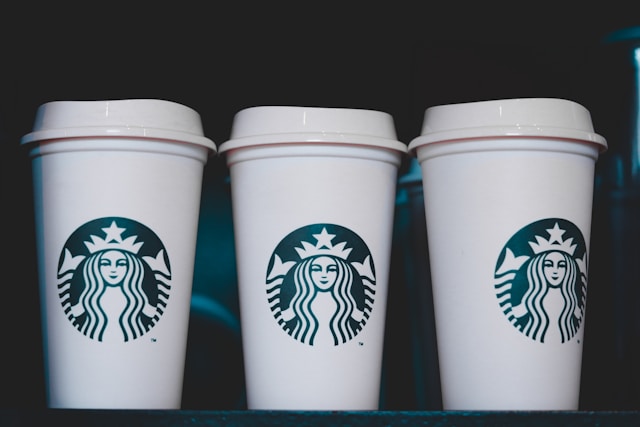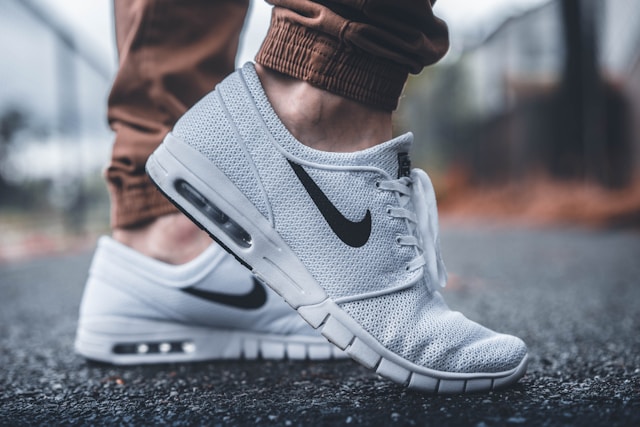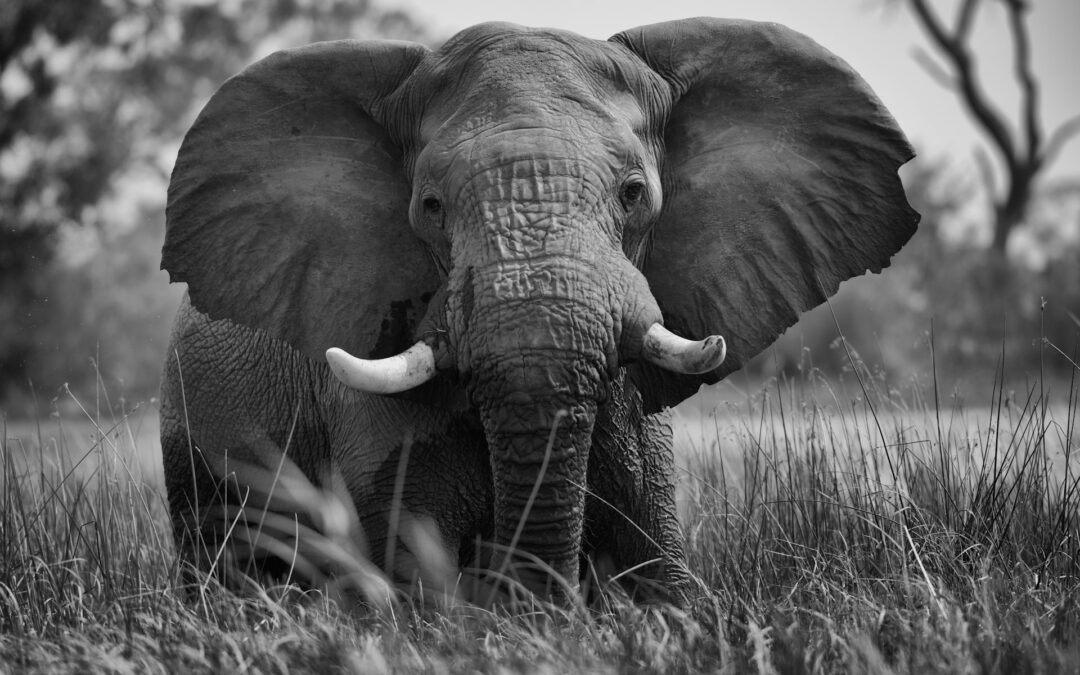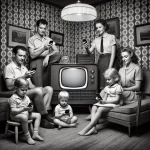Understanding the basics of behavioral economics is also helpful for brand and marketing professionals.
While traditional economic theory posits that people make rational decisions based on a careful weighing of costs and benefits, the field of behavioral economics paints a different, more nuanced picture. It reveals that our actions are often driven by emotions, cognitive biases, and mental shortcuts rather than rational analysis. This shift in understanding is crucial for marketers to be aware of.
“We don’t think the way we think we think.”
James Kennedy
This profound statement encapsulates the core insight of behavioral economics: Our decision-making processes are far more complex and irrational than we realize. To illustrate this concept, let’s consider the metaphor proposed by social psychologist Jonathan Haidt in his book “The Happiness Hypothesis.”
Haidt compares the human mind to an elephant with a rider on top.
The rider represents our rational, conscious mind, while the elephant symbolizes our emotional, intuitive side.
The rider may believe they’re in control, steering the elephant where they want to go. In reality, the elephant’s power and instincts often dictate the direction, with the rider merely rationalizing the elephant’s choices after the fact.
This metaphor serves as a potent reminder for marketers. We often direct our messages to the rider, presenting logical arguments, features, and benefits. However, it’s the elephant that indeed steers purchasing decisions.
Emotions, gut feelings, and unconscious biases are the real influencers, whether we acknowledge it or not. This metaphor helps us to connect with the complex dynamics of consumer decisions.
Nobel laureate Daniel Kahneman’s work on decision-making further supports this view. Kahneman describes two systems of thinking:
System 1: Fast, intuitive, and emotional
System 1 is our default mode of operation. It’s efficient and allows us to navigate the world without consciously analyzing every decision.
System 2: Slower, more deliberative, and logical
System 2, however, requires effort and is reserved for more complex problem-solving.
Marketing – System 1 & System 2
In the context of marketing and consumer behavior, System 1 often dominates. Consumers rely on quick, emotional judgments when browsing in-store products or scrolling through online ads.
The package’s color, the model’s attractiveness, or the brand name’s familiarity can all trigger System 1 responses that lead to purchase decisions.
System 2 might kick in for significant purchases or when comparing complex products, but emotional factors play an essential role even then. A car buyer might spend hours researching fuel efficiency and safety ratings (System 2), only to decide based on how they feel behind the wheel during a test drive (System 1).
Understanding these two systems is crucial for marketers. While providing detailed information is essential for some products, tapping into System 1 thinking is often more effective. This means focusing on emotional appeals, creating positive associations with your brand, and designing experiences that feel good intuitively.
What does this mean for Marketers?
Let’s explore some ways behavioral economics insights can be applied to marketing:
1. Framing: How information is presented can dramatically affect decision-making. For example, “90% fat-free” sounds more appealing than “10% fat,” even though they mean the same thing. Skillful framing can make your product or service attractive without changing its substance.
2. Social Proof: Humans are inherently social creatures. We look to others for cues on how to behave. Testimonials, user reviews, and “bestseller” labels tap into this tendency, providing emotional reassurance that overrides rational analysis.
3. Scarcity: The fear of missing out (FOMO) is a powerful motivator. Limited-time offers or exclusive products create a sense of urgency that can prompt quick, emotional decisions.
4. Anchoring: The first information we receive about a product’s value becomes an “anchor” that influences subsequent judgments. This is why showing a higher “original” price before a discounted one is so effective – anchors higher perceived value.
5. Loss Aversion: People feel the pain of losing something more acutely than the pleasure of gaining something equivalent. Framing a decision regarding what might be lost (e.g., “Don’t miss out on these savings!”) can be more motivating than focusing on potential gains.
6. Choice Overload: While variety seems appealing, too many options can lead to decision paralysis. Curating choices and providing clear, emotionally resonant categories can help guide consumers without overwhelming them.
7. Priming: Subtle cues in the environment can unconsciously influence behavior. The music playing in a store, the scents in the air, or the images used in advertising can all prime consumers to feel and act in specific ways.
8. Decoy Effect: Introducing a third option can make one of the original options seem more attractive. This is often used in pricing strategies to guide consumers toward a particular choice.
Two real-world Examples – Starbucks’s Loyalty Program and Nike’s Limited-Edition Release
Here’s a concrete example of how a brand uses behavioral economics to build sales:
Starbucks’ loyalty program effectively leverages several behavioral economics principles:

- Loss aversion: Customers earn “stars” with each purchase, which can be redeemed for free items. The fear of losing accumulated stars motivates customers to buy from Starbucks rather than competitors.
- Endowment effect: Customers who accumulate stars feel a sense of ownership over their rewards, making them more likely to continue engaging with the program.
- Goal gradient effect: Starbucks progresses towards the next reward, encouraging customers to make additional purchases to reach their goal faster.
- Artificial advancement: When customers join the program, they’re given some initial “stars,” creating a feeling of instant progress and encouraging continued participation.
- Choice architecture: The app presents personalized offers and recommendations, subtly guiding customers towards certain purchases.
- Scarcity and urgency: Limited-time offers create a sense of urgency, prompting quicker purchase decisions.
This strategic use of behavioral economics has contributed significantly to Starbucks’ customer retention and increased sales frequency.
Here’s another concrete example of how a brand uses behavioral economics to build sales:
Nike’s limited edition sneaker releases:

1. Scarcity principle: Nike creates artificial scarcity by producing limited quantities of specific sneaker models. This scarcity increases perceived value and demand.
2. Social proof: The brand leverages celebrity endorsements and influencer marketing to create buzz around these releases, tapping into people’s tendency to follow others’ choices.
3. Anchoring effect: Nike influences consumers’ perception of value for their regular products by setting high initial prices for limited editions.
4. Loss aversion: The fear of missing out (FOMO) on a limited release motivates quick purchase decisions.
5. Endowment effect: Once customers own a pair of limited-edition sneakers, they tend to value them more highly, often leading to brand loyalty.
6. Reciprocity: Nike offers early access to loyal customers for these releases, creating a sense of exclusivity and encouraging continued engagement with the brand.
7. Peak-end rule: The excitement of acquiring a limited edition product creates a memorable peak experience, positively influencing overall brand perception.
This strategy has helped Nike create a cult-like following for specific product lines, driving sales for limited editions and regular products through increased brand desirability.
Marketing Lessons
By leveraging these insights, marketers can create more effective campaigns that resonate with consumers emotionally. However, it’s crucial to use this knowledge ethically. The goal should be to help consumers make choices that genuinely benefit them, not manipulate them into decisions they regret.
Moreover, understanding behavioral economics can help brands build stronger, more authentic connections with their audience. By recognizing the emotional foundations of decision-making, we can create marketing messages and brand experiences that resonate with people’s deepest needs and desires.
The key takeaway for marketers is this: people don’t make decisions the way they think they do.
Logic and reason play a role, but emotions, instincts, and unconscious biases drive behavior. By understanding and respectfully engaging with these hidden forces, we can create marketing strategies that are more effective, meaningful, and valuable to consumers.
As we navigate the complex landscape of human decision-making, let’s remember that our job as marketers is not to outsmart the elephant but to create experiences that both the elephant and the rider find compelling.
By aligning our offerings with consumers’ emotional needs and providing gentle, ethical guidance to their System 1 thinking, we can achieve marketing success while genuinely improving people’s lives.
Connect with Jeff at The Marketing Sage Consultancy. Interested in setting up a call with me? Use my calendly to schedule a time to talk. The call is free, and we can discuss your brand and marketing needs. If you want to learn more about my new offering, The Trusted Advisor Board, you can click here to learn the details. Feel free to email me at jeffslater@themarketing sage.com or text 919 720 0995. Thanks for your interest in working with The Marketing Sage Consultancy.

Photo by Joaquín Rivero on Unsplash
Photo by Joseph Barrientos on Unsplash




